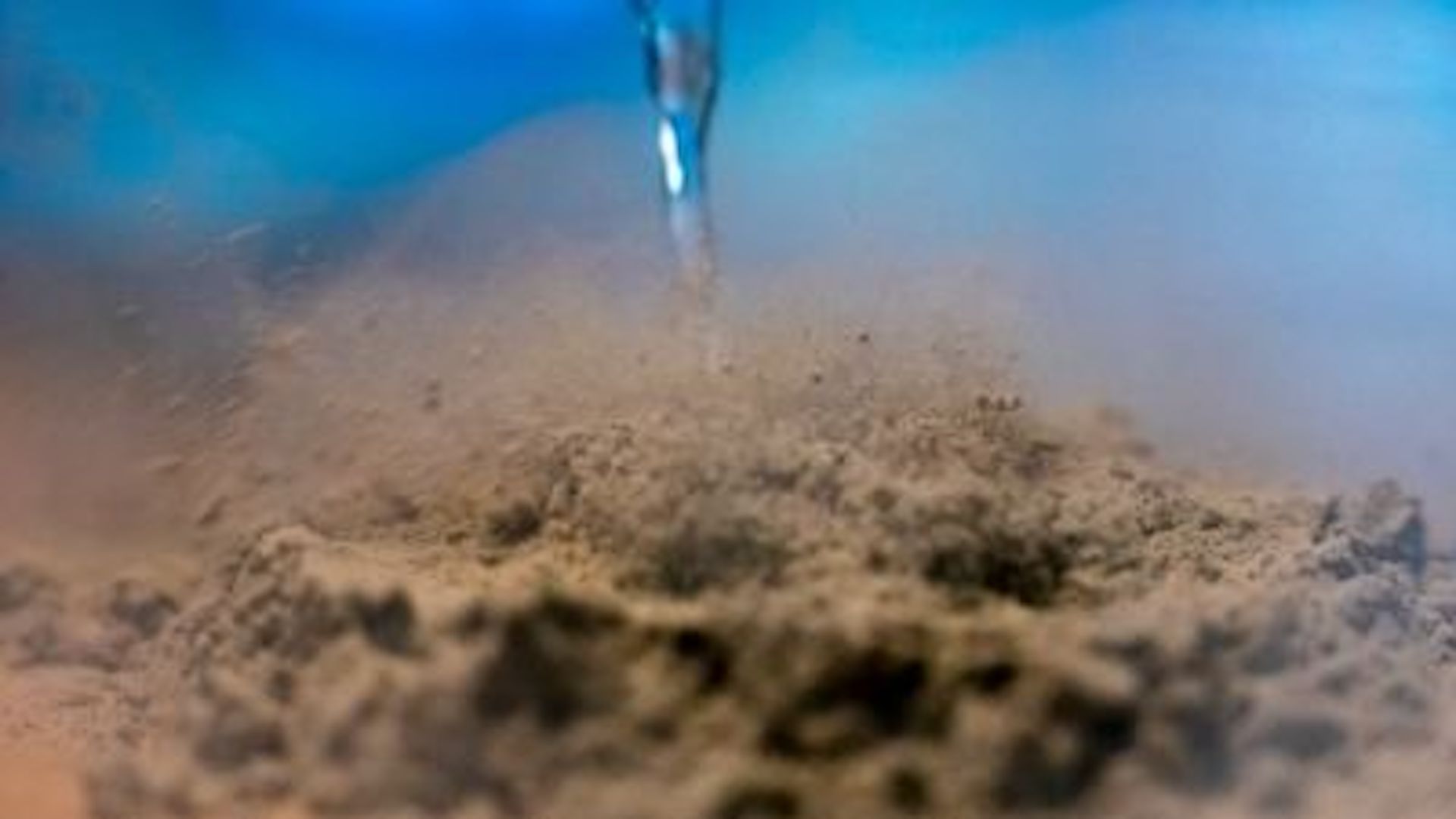Scientists blasted Barbies with liquid nitrogen to test a new method of moon dust cleanup — and it worked extremely well
Researchers have developed a liquid-nitrogen spray that rids spacesuits of lunar dust.
Ever since Neil Armstrong took one small step onto the moon, lunar dust has proved to be a messy problem for astronauts, coating their spacesuits in a powdery film that's difficult to clean off and can be unhealthy if inhaled.
However, scientists have come up with a novel solution that could ultimately leave this problem in, well, the dust.
For their experiment, researchers at Washington State University (WSU) dressed Barbies in makeshift spacesuits constructed of materials similar to what NASA uses. Then, the team blasted the dolls with liquid nitrogen to test how well the cryogenic fluid could remove moon dust — or, in this case, volcanic ash collected from the 1980 eruption of nearby Mount Saint Helens, which is similar in consistency to lunar dust — from the gear. (It's illegal to own or sell moon materials.)
Related: How will NASA deal with the moon dust problem for Artemis lunar landings?
They found that spraying the spacesuit-clad dolls with liquid nitrogen not only removed more than 98% of the moon dust substitute but also caused little to no damage to the Kevlar-like suit material. This proved to be a better solution than older methods; Apollo program astronauts would use brushes to swipe the highly abrasive material from their suits post-moonwalk, which would ultimately degrade the material, according to the team's new study, published online Feb. 10 in the journal Acta Astronautica.
Not only is lunar dust annoyingly clingy — the researchers likened it to cleaning up a spilled box of static-charged packaging peanuts — but coming into contact with it can prove toxic to human cells and can lead to "lunar hay fever," an illness that causes watery eyes, a sore throat and sneezing. That's not exactly something astronauts would want to contend with while conducting an already-risky mission to the moon.
"Moon dust … is abrasive, electrostatically charged and it gets everywhere," lead author Ian Wells, a mechanical engineering student at WSU, told Live Science. "It can work its way into the seals on spacesuits and make them unusable, since too much dust causes them to not seal properly. It can also have a negative impact on the lungs of anyone who encounters it, since it's similar to breathing in ground-up fiberglass."
Breaking space news, the latest updates on rocket launches, skywatching events and more!
The liquid-nitrogen experiment worked thanks to a phenomenon known as the Leidenfrost effect, which occurs when water hits a surface that's hotter than its boiling point, causing the droplet to "skitter across the surface."
"When liquid nitrogen boils, it expands 800 times, and it's almost like a little explosion when it hits the surface of a hot material," co-author Jacob Leachman, an associate professor in the WSU School of Mechanical and Materials Engineering, told Live Science. "Because it's exploding and expanding so much, it can push those particles far away from the surface."
Or, in this case, the liquid nitrogen blasted the moon dust substitute almost completely off the Barbies' spacesuits.
The team presented its findings to NASA to aid the agency's Artemis moon program, winning the space agency's 2021 Breakthrough, Innovative and Game-Changing (BIG) Idea Challenge.
"We used the doll primarily because it's a one-sixth-scale person," Wells said. "However, it was also chosen as the Artemis mission's aim [is] to send the first woman and person of color to the moon, and we wanted our project to reflect that commitment to diversity."
Originally published on Live Science.
Follow us on Twitter @Spacedotcom or on Facebook.

Jennifer Nalewicki is a Salt Lake City-based journalist whose work has been featured in The New York Times, Smithsonian Magazine, Scientific American, Popular Mechanics and more. She covers several science topics from planet Earth to paleontology and archaeology to health and culture. Prior to freelancing, Jennifer was a reporter at Interior Design Magazine, and before that she held an Editor role at Time Inc. Jennifer has a bachelor's degree in Journalism from The University of Texas at Austin.



